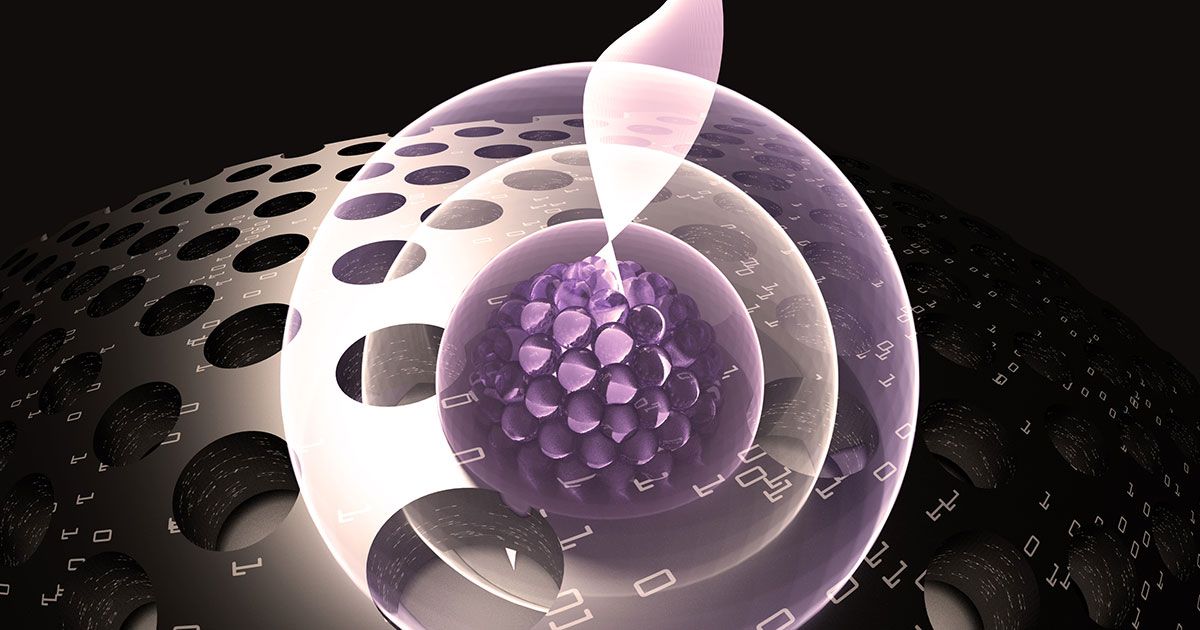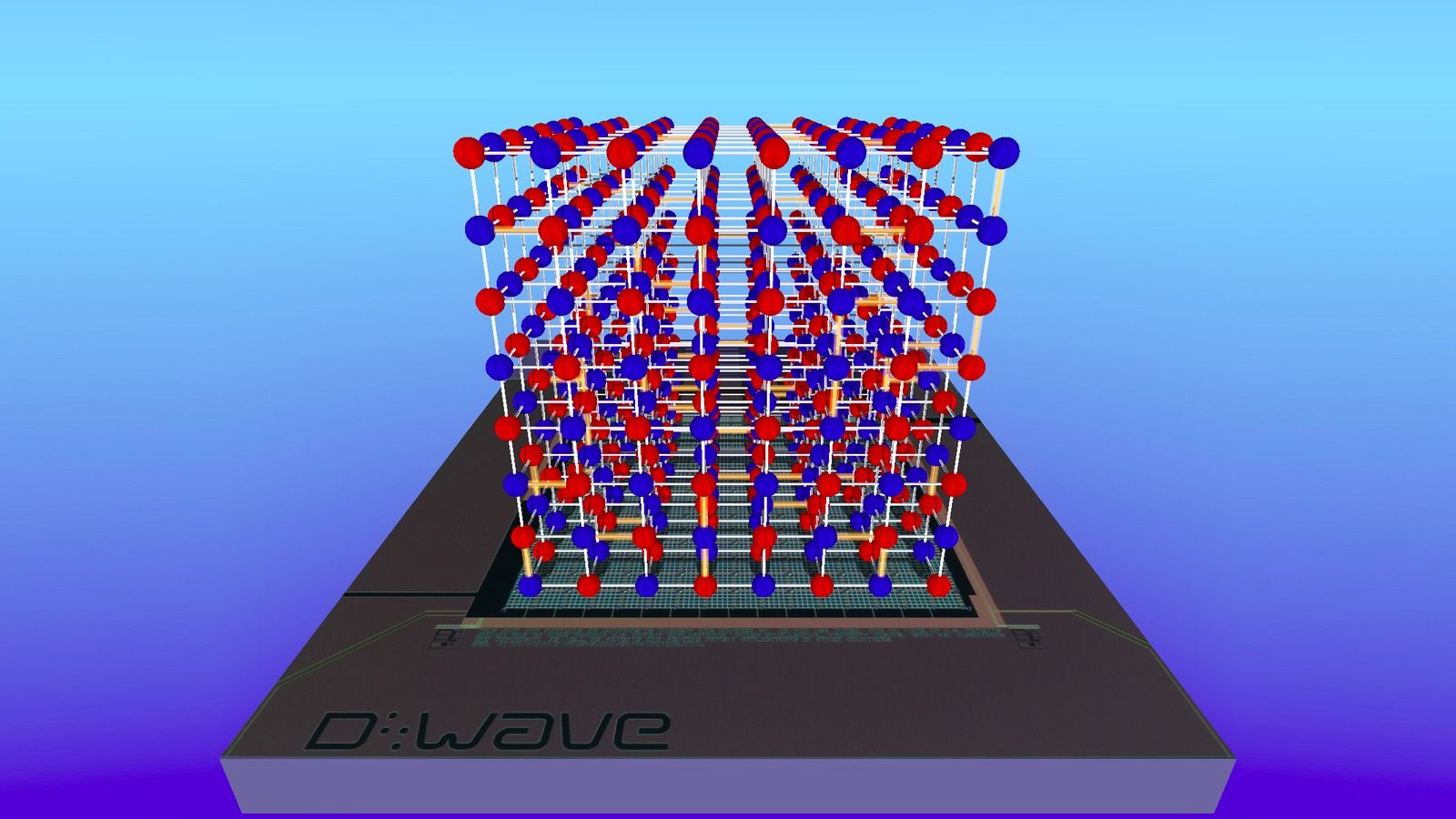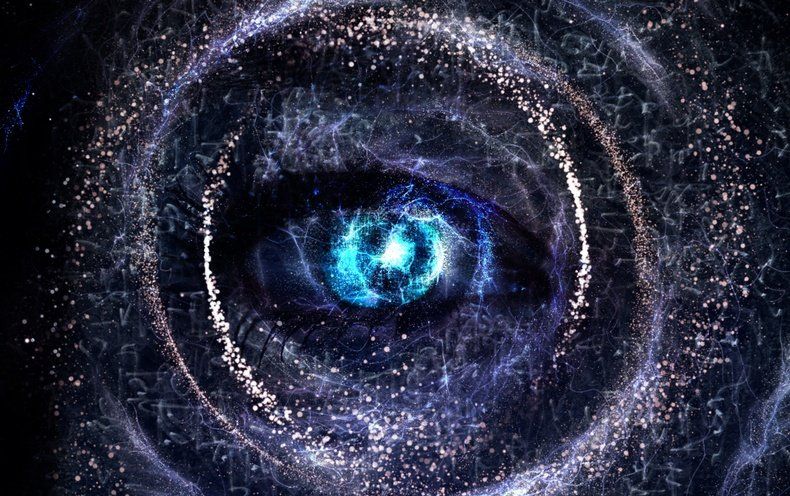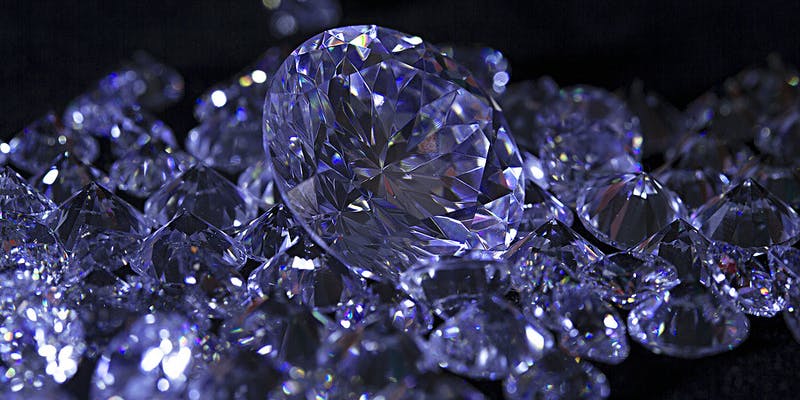Getting photons to interact is a key step toward using them as qubits.




A commercially available “quantum computer” has been on the market since 2011, but it’s controversial. The D-Wave machine is nothing like other quantum computers, and until recently, scientists have doubted that it was even truly quantum at all. But the company has released an important new result, one that in part realizes Richard Feynman’s initial dreams for a quantum computer.
Scientists from D-Wave announced they have simulated a large quantum mechanical system with their 2000Q machine—essentially a cube of connected bar magnets. The D-Wave can’t take on the futuristic, mostly non-physics-related goals that many people have for quantum computers, such as finding solutions in medicine, cybersecurity, and artificial intelligence. Nor does it work the same way as the rest of the competition. But it’s now delivering real physics results. It’s simulating a quantum system.

Experiments to confirm we can see single photons offer new ways to probe our understanding of quantum reality.


Transistors are tiny switches that form the bedrock of modern computing; billions of them route electrical signals around inside a smartphone, for instance.
Quantum computers will need analogous hardware to manipulate quantum information. But the design constraints for this new technology are stringent, and today’s most advanced processors can’t be repurposed as quantum devices. That’s because quantum information carriers, dubbed qubits, have to follow different rules laid out by quantum physics.
Scientists can use many kinds of quantum particles as qubits, even the photons that make up light. Photons have added appeal because they can swiftly shuttle information over long distances, and they are compatible with fabricated chips. However, making a quantum transistor triggered by light has been challenging because it requires that the photons interact with each other, something that doesn’t ordinarily happen on its own.

Diamonds are prized for their purity, but their flaws might hold the key to a new type of highly secure communications.
Princeton University researchers are using diamonds to help create a communication network that relies on a property of subatomic particles known as their quantum state. Researchers believe such quantum information networks would be extremely secure and could also allow new quantum computers to work together to complete problems that are currently unsolvable. But scientists currently designing these networks face several challenges, including how to preserve fragile quantum information over long distances.
Now, researchers have arrived at a possible solution using synthetic diamonds.

Chinese physicists realized a genuine entanglement of 18 quantum particles, beating their own world record set in 2016, while the team has set their next goal at 50-qubit entanglement.
The result of the study was published in the US journal Physical Review Letters on June 28. Chinese leading quantum physicist Pan Jianwei led the project. Together with his team, Pan earlier demonstrated quantum entanglement with 10 quantum bits, or “qubits,” in 2016, according to a report sent by Pan’s team to Global Times on Tuesday.
Quantum entanglement is a weird phenomenon which Einstein called “spooky action at a distance” where quantum particles are connected “even if they are at opposite ends of the universe,” an Australia-based Cosmos Magazine reported.


Satya Nadella, the chief executive officer of Microsoft Corp., calls quantum computing one of three emerging technologies that will radically reshape the world, along with artificial intelligence and augmented reality. But it’s easier to describe quantum computing’s importance — that is, its potential importance, because it barely exists now — than to say what it is. Understanding quantum mechanics, whose principles underpin quantum computing, involves a lot of mental mountain climbing. Someth.